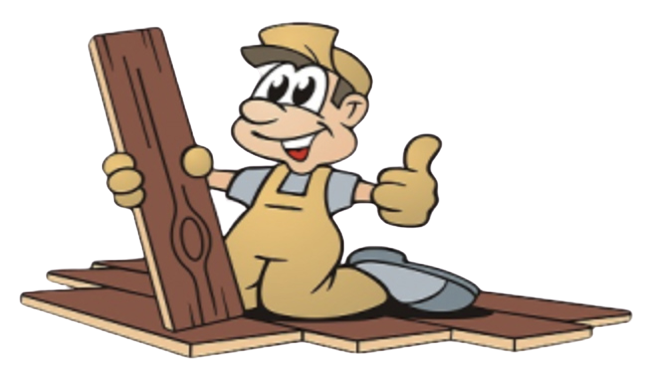Wood floors, with their warm tones and timeless appeal, are a popular choice for homeowners seeking both elegance and durability. The longevity of a wood floor is influenced by various factors, including the type of wood, installation methods, maintenance practices, and environmental conditions. Let’s delve into the considerations that determine the lifespan of a wood floor and how homeowners can ensure their investment stands the test of time.
Types of Wood and Durability
The type of wood used significantly impacts the lifespan of a floor. Hardwood species such as oak, maple, and hickory are known for their durability and can last for several decades when properly maintained. Exotic hardwoods like teak and Brazilian cherry boast natural resistance to pests and decay, contributing to their extended lifespan.
Engineered wood, composed of layers of wood veneers bonded together, is designed for enhanced stability and can offer longevity comparable to solid hardwood. However, the thickness of the top veneer layer plays a crucial role in determining how many times the floor can be refinished over its lifetime.
Installation Quality Matters
The expertise and precision applied during the installation process contribute significantly to the longevity of a wood floor. Proper acclimatization of the wood to the environment, meticulous subfloor preparation, and skilled installation techniques ensure the floor performs optimally over the years. A professionally installed wood floor is less prone to issues like warping, cupping, or gaps.
Maintenance and Care
Regular maintenance is essential to preserving the beauty and structural integrity of a wood floor. Simple practices, such as sweeping or vacuuming regularly to remove dirt and debris, prevent scratches and abrasions. Using protective pads on furniture legs, placing rugs in high-traffic areas, and promptly cleaning spills also contribute to the long-term health of the floor.
Periodic refinishing can rejuvenate the surface of the wood floor by removing scratches, dents, and worn finishes. The frequency of refinishing depends on factors like the thickness of the wear layer, the extent of wear and tear, and the homeowner’s aesthetic preferences.
Environmental Factors
Wood floors respond to changes in humidity and temperature. Fluctuations in these environmental factors can lead to expansion or contraction of the wood, potentially causing issues like cupping or gapping. Maintaining a stable indoor environment with controlled humidity levels can mitigate these risks and contribute to the prolonged life of the wood floor.
Lifespan Expectations
With proper care and maintenance, solid hardwood floors can last for generations. Many homeowners enjoy the beauty and character of original hardwood floors in older homes that have stood the test of time.
Engineered wood floors, depending on the thickness of the top layer, can be sanded and refinished multiple times, extending their lifespan. On average, a well-maintained wood floor can last between 20 to 100 years or more.
Conclusion
Investing in a wood floor is an investment in enduring beauty and classic appeal. By selecting high-quality wood, ensuring meticulous installation, practicing regular maintenance, and addressing environmental considerations, homeowners can enjoy the timeless elegance of their wood floors for decades. With proper care, a wood floor becomes more than just a functional surface—it becomes a legacy of craftsmanship and enduring style in the heart of a home.





No comment